To reduce confusion and assist with identification, NATO assigned unique and unusual names to aircraft on the other side of the iron curtain. This meant words like Camel and Charger were used, as they were unlikely to come up in conversation and would be memorable.
Commercial aircraft received names beginning with C. Names with a single syllable meant a propeller plane, while those with two syllables indicated jets. Simple, right?
Crusty, Charger and Camel
Since these came about during the cold war, they mainly apply to Soviet and Eastern Block aircraft, as well as China. For example, the Tupolev Tu-134 you see at the top of this post has a NATO reporting name of Crusty. C for commercial plane, two syllables indicating a jet.
Other Well Known Passenger Planes
The Tupolev Tu-114 gained the name of Cleat – C for commercial and a single syllable denoting propellers. Not a particularly dignified name for the world’s fastest turboprop, which also flew jointly with Japan Air Lines once upon a time.
Overall Thoughts
The list of NATO reporting names for transport aircraft is here on Wikipedia. Some other interesting names include Cookpot (for the Tupolev Tu-124), Codling (for the Yakovlev Yak-40), Coot (for the Ilyushin IL-18 turboprop) and Chan for the Chinese Harbin Y-11.
There is very little chance of me remembering more than a few of these, as I know the aircraft by their proper names. I’m curious as to whether these lists had to be memorised by military people as part of their training or not.
Were you aware of the NATO reporting names like Camel and so on? How many do you actually know? Thank you for reading and if you have any comments or questions, please leave them below.
Like planes? See my “Does anyone remember” series.
Flight reviews your thing? Mine are all indexed here.
Follow me on Facebook, Twitter and Instagram.
Featured image by Aleksandr Markin via Wikimedia Commons.
Tupolev Tu-144 by Christian Volpati via Wikimedia Commons.
CSA Tupolev Tu-104 by Lars Söderström on Airliners.net via Wikimedia Commons.
Tupolev Tu-114 via Pinterest.
Ilyushin IL-62 by Ralf Manteufel on Airliners.net via Wikimedia Commons.

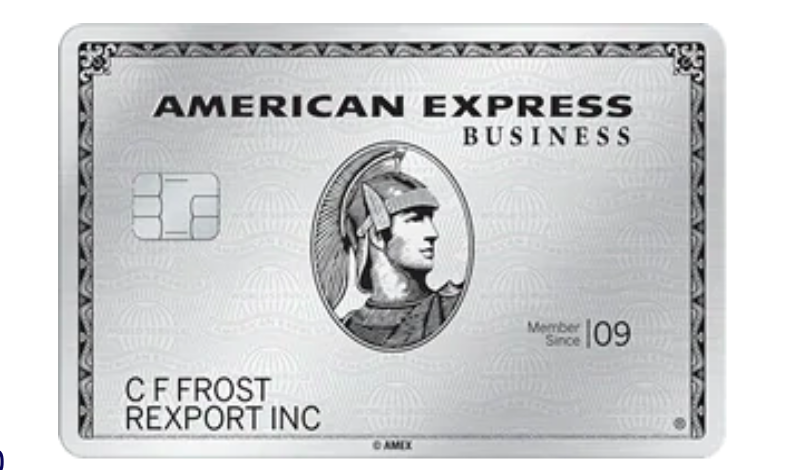
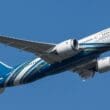
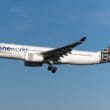
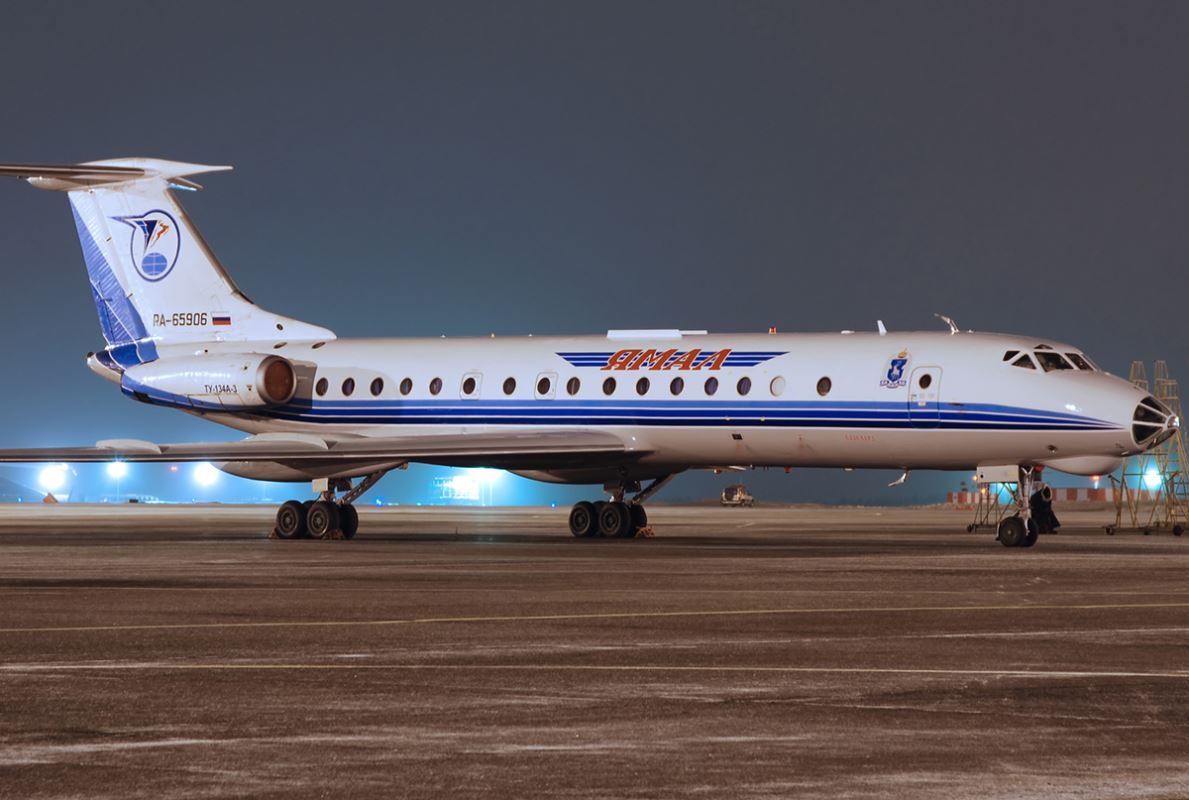
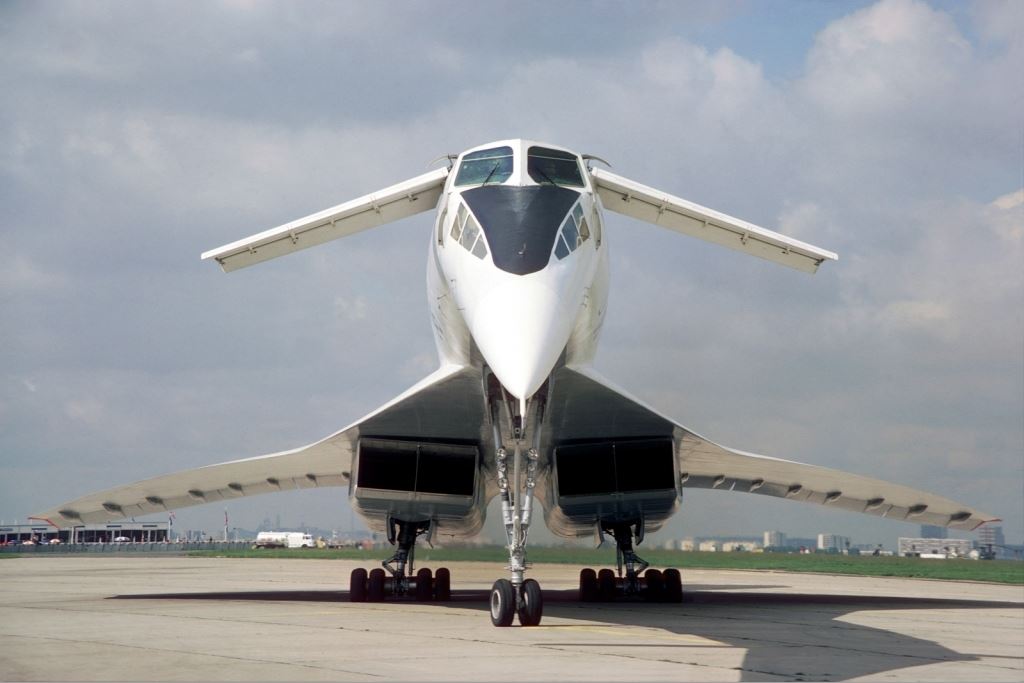
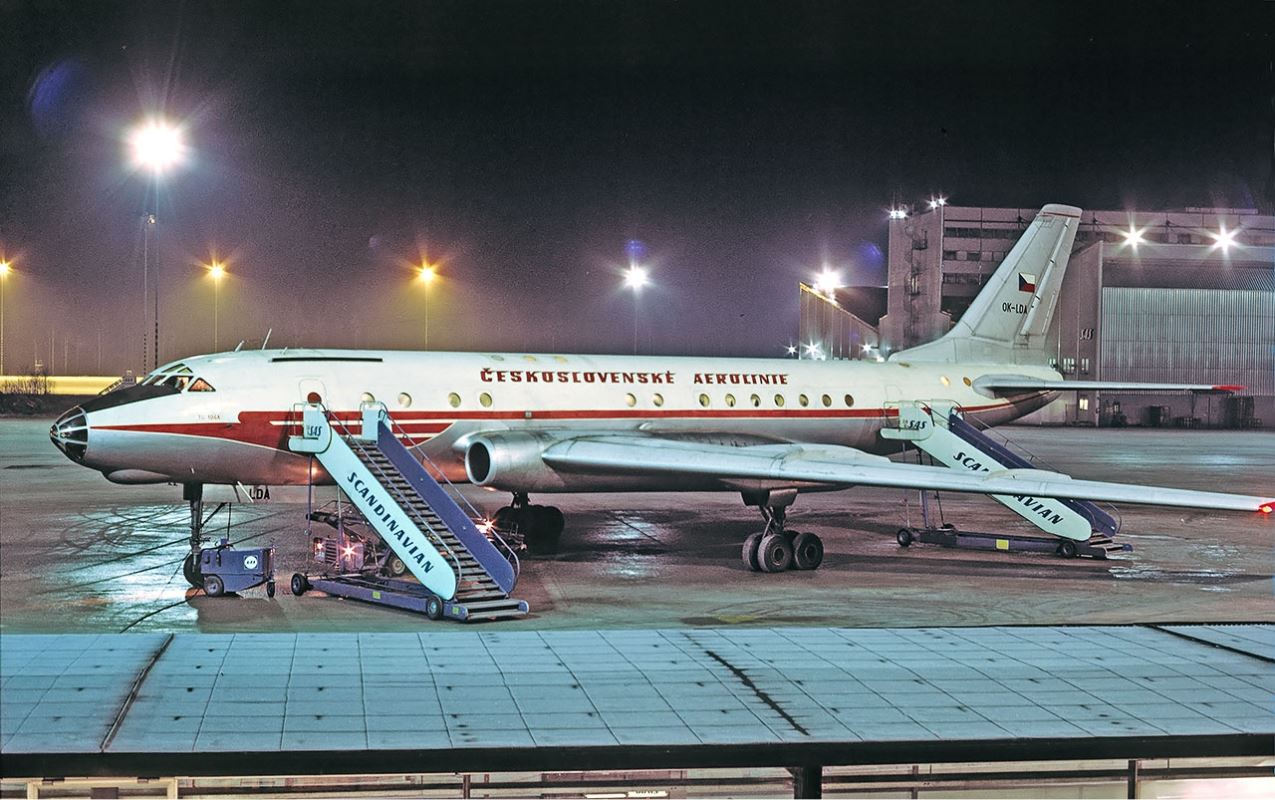
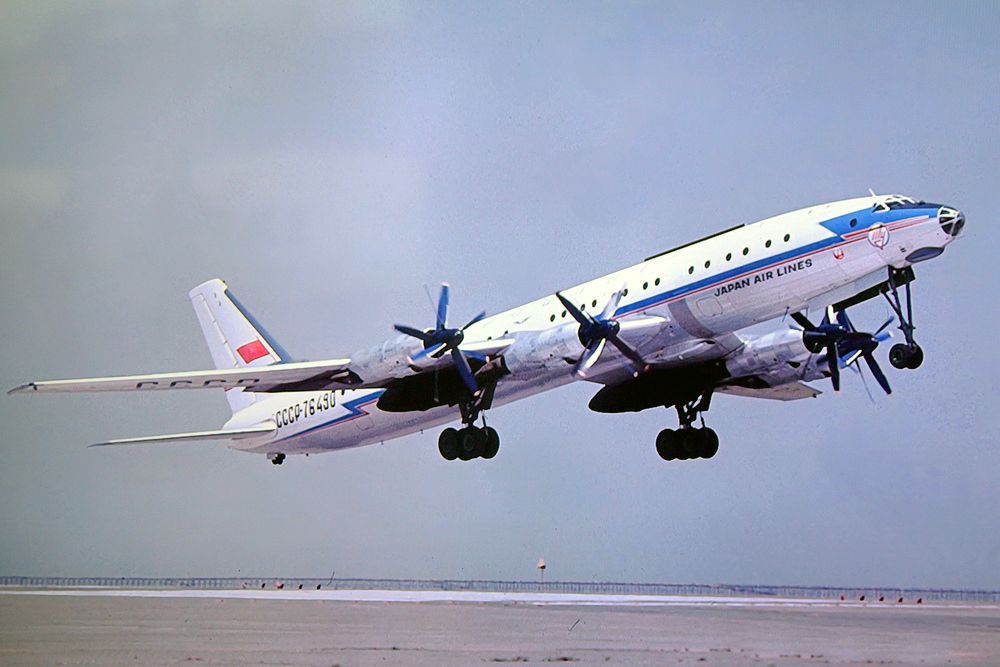
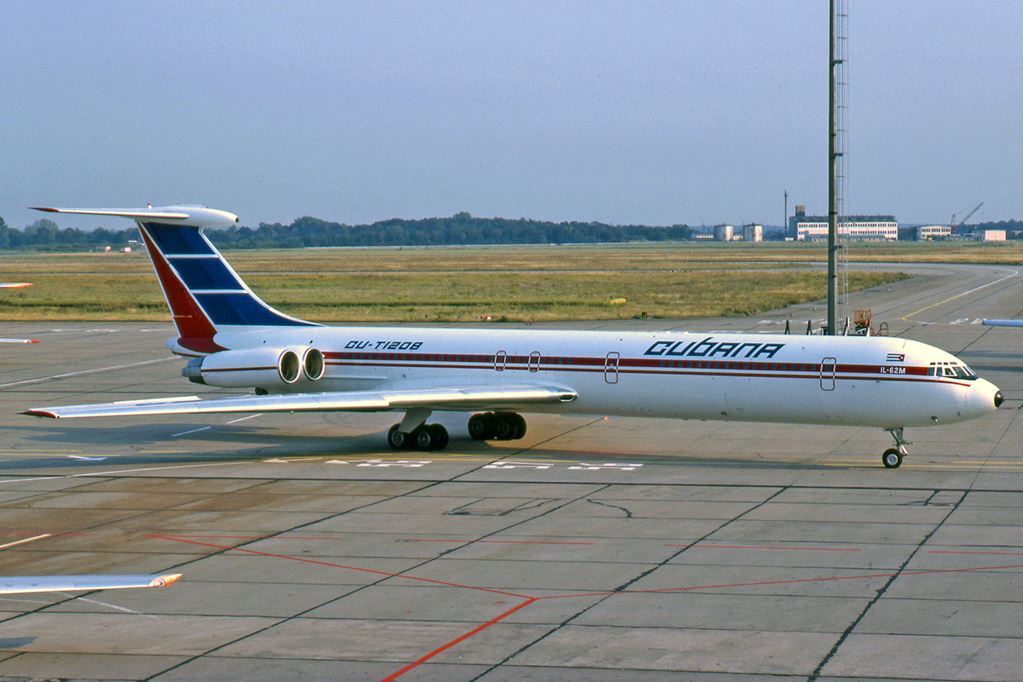

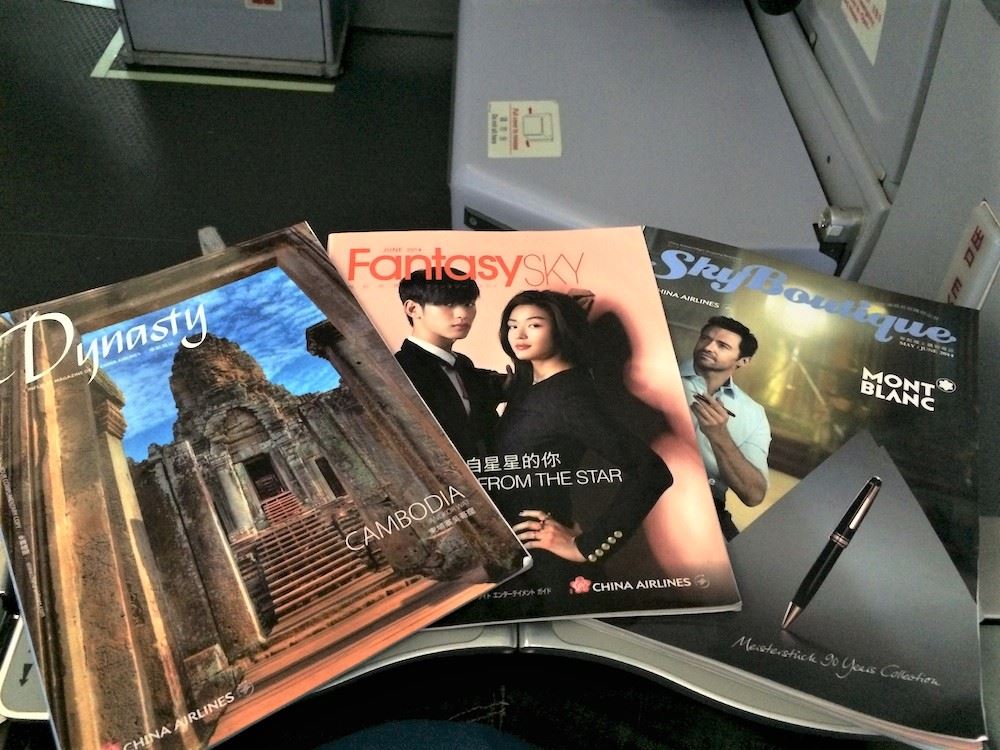
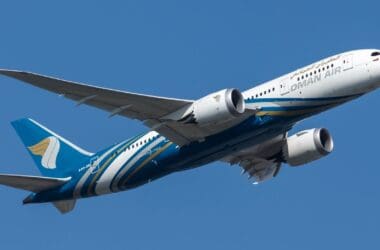
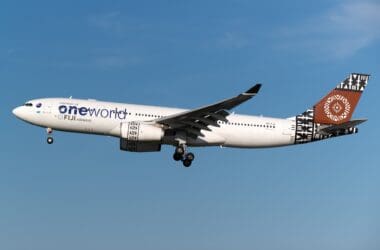

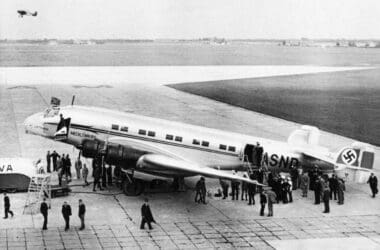
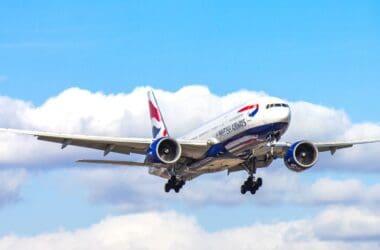
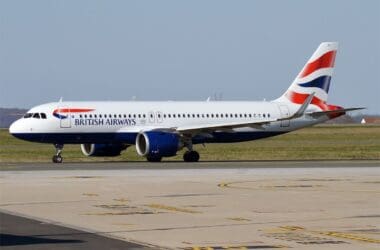
Interesting tangent: in the new show The Queen’s Gambit, arrival in Moscow is portrayed (rather poorly, with a shaky model) by a TU-104 landing. Of course, this is an interesting wrong choice for a couple of reasons. First of which is that interior photos are pretty clearly portraying a Pan Am 707, with 6 across seating and seats consistent with western aircraft. Additionally, in the time period portrayed (1968), Aeroflot service on transatlantic routes used the IL-62 (NATO “Classic”).
I did notice that Tupolev Tu-104 in The Queen’s Gambit. It’s possible she flew to Europe with one airline and then switched to Aeroflot for the shorter leg, so her landing is Moscow in a Tu-104 is plausible. Of course you’re right on the cabin shots, though again she might have taken PA across the Atlantic and then switched to Aeroflot. Good catch, I imagine lots of people like us would have noticed that! Apparently VC10s feature a lot in the new season of The Crown, but I’m saving that up for December, so I’ve not seen it myself yet.